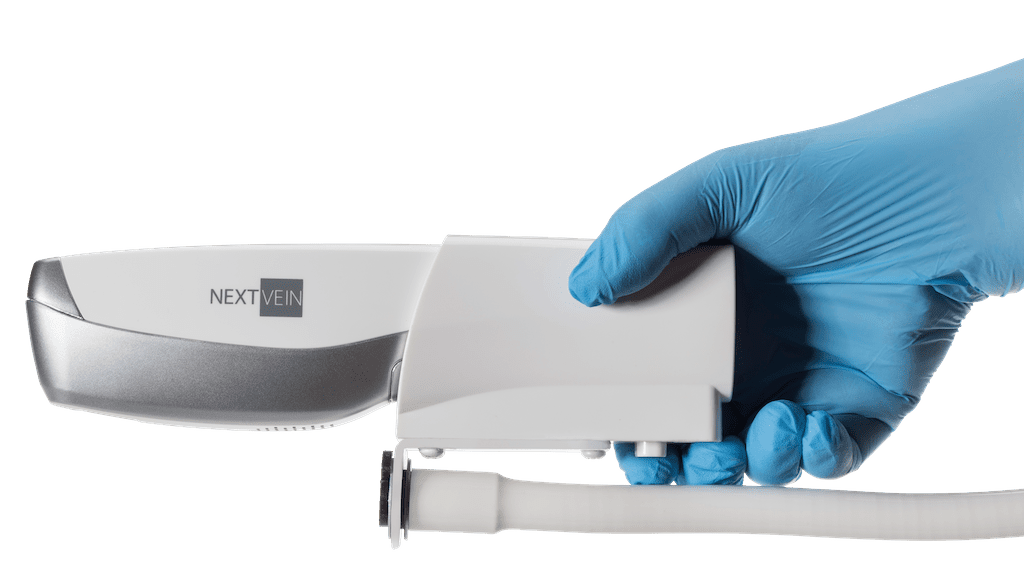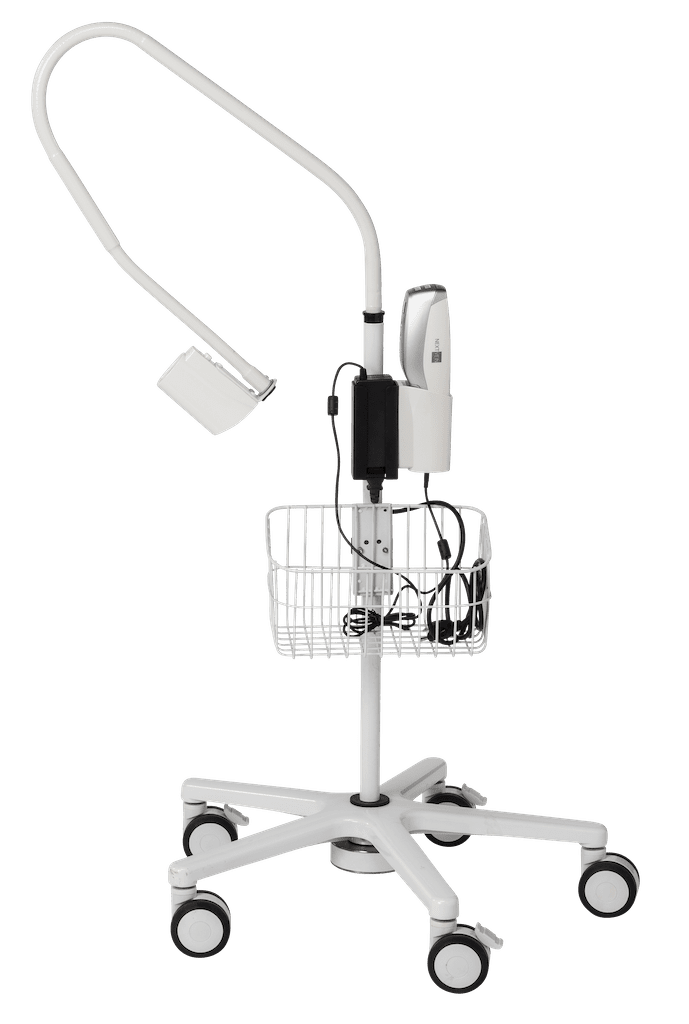Non-Contact, Handheld Vein Visualization Has Been Available For Over 15 Years
In that time, many clinicians, hospitals, and universities have studied and written about vein visualization for a number of different uses. The following summary looks at the key findings supporting the use of vein visualization.
Our summaries cover the highlights of the study results and are limited in the amount of detail provided. Citations (and links where available) are shown to allow you to evaluate the results in detail.

 d
d